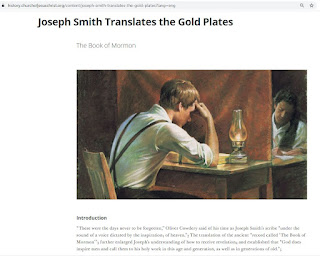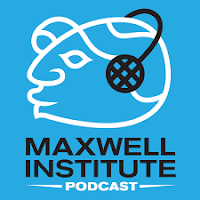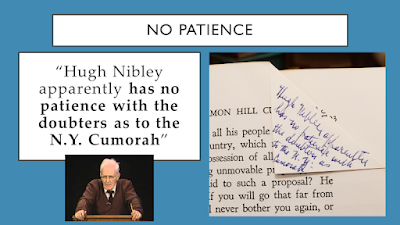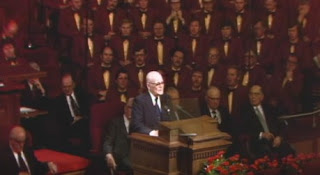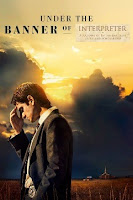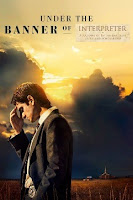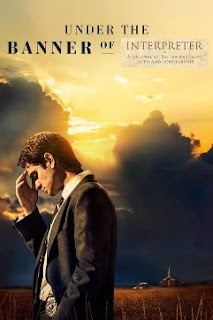Pretended to translate?
I’m continually amazed that Joseph Smith’s straightforward claim that he translated the plates is even an issue today.
12 And, on this wise, the devil has sought to lay a cunning plan, that he may destroy this work;13 For he hath put into their hearts to do this, that by lying they may say they have caught you in the words which you have pretended to translate.(Doctrine and Covenants 10:12–13)
30 Behold, I say unto you, that you shall not translate again those words which have gone forth out of your hands;
31 For, behold, they shall not accomplish their evil designs in lying against those words. For, behold, if you should bring forth the same words they will say that you have lied and that you have pretended to translate, but that you have contradicted yourself.32 And, behold, they will publish this, and Satan will harden the hearts of the people to stir them up to anger against you, that they will not believe my words.(Doctrine and Covenants 10:30–32)
I commenced copying the characters off the plates. I copied a considerable number of them, and by means of the Urim and Thummim I translated some of them,(Joseph Smith—History 1:62)
Source: About Central America
